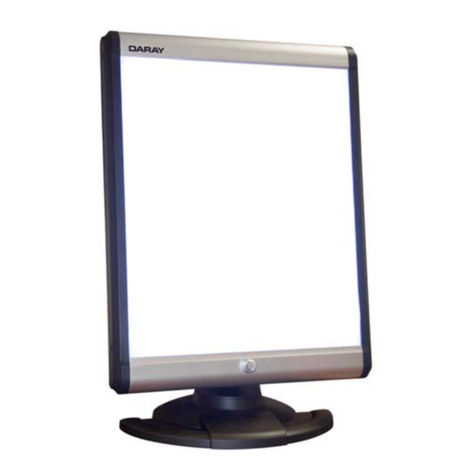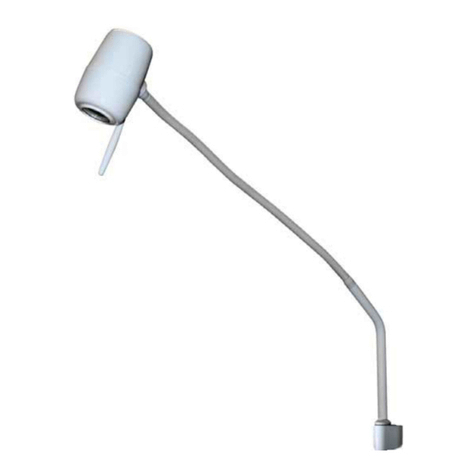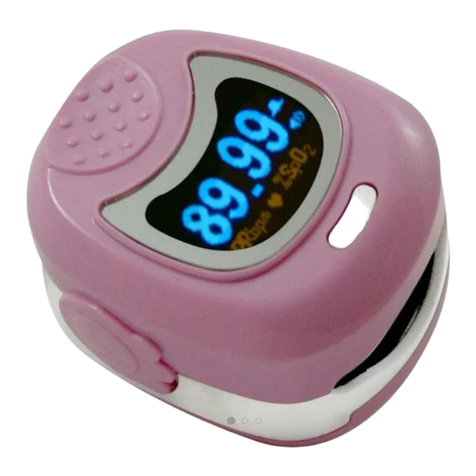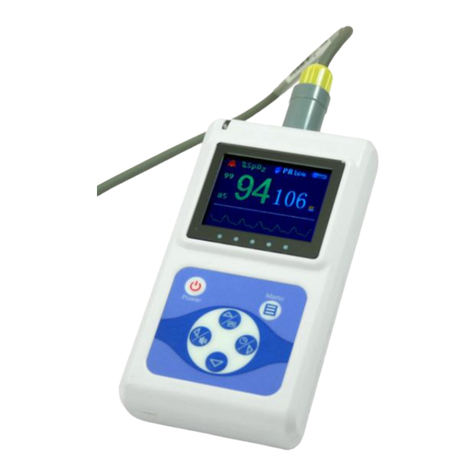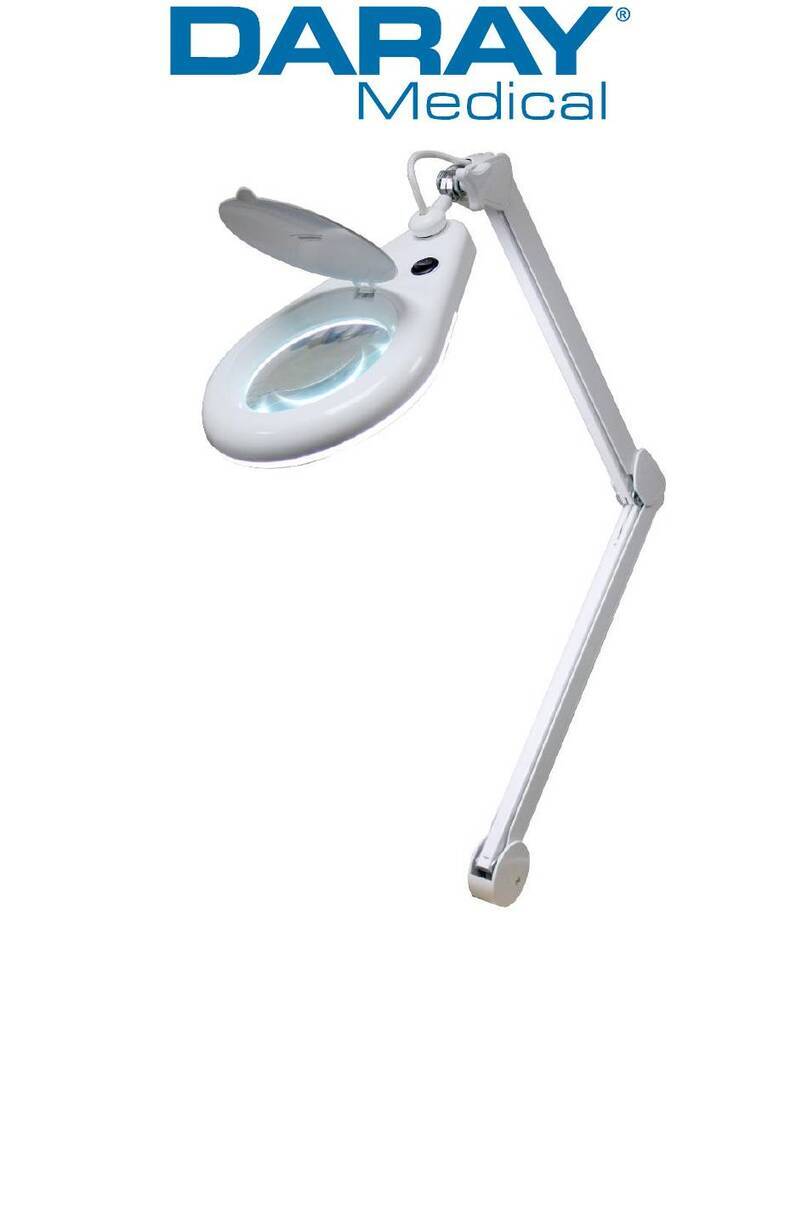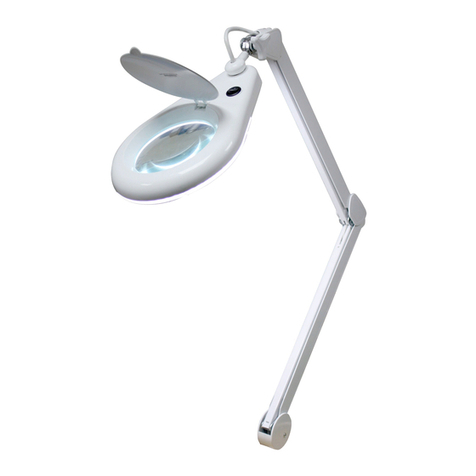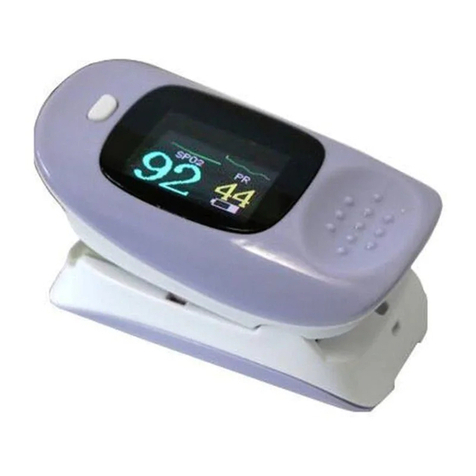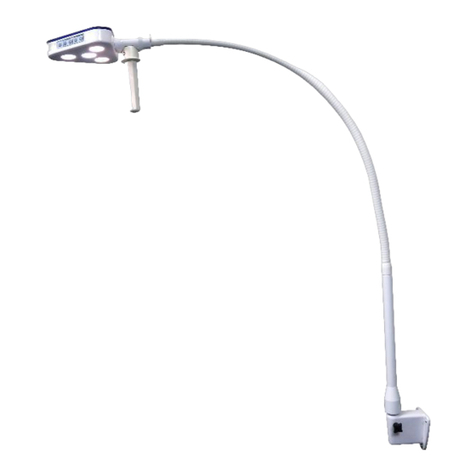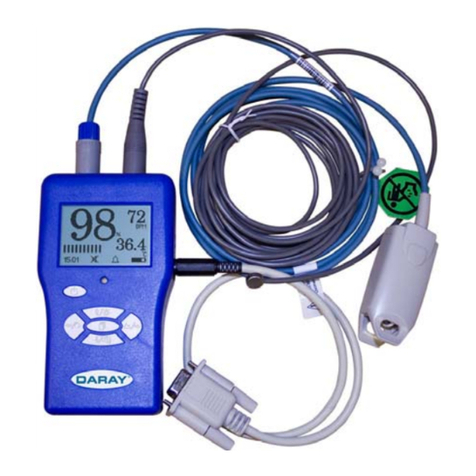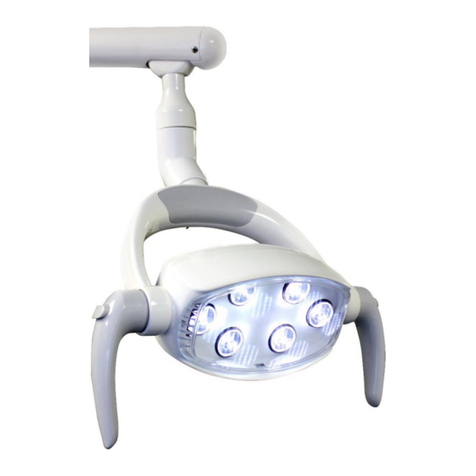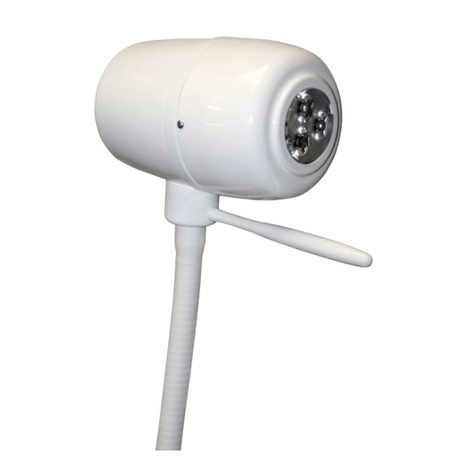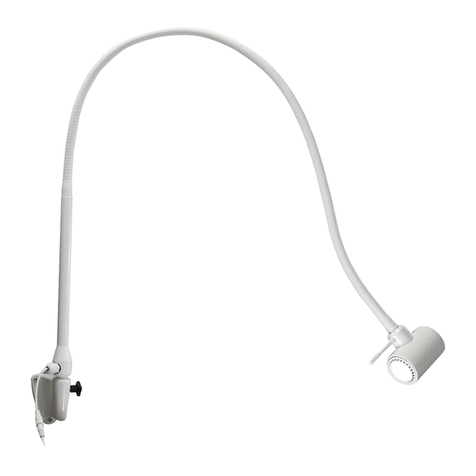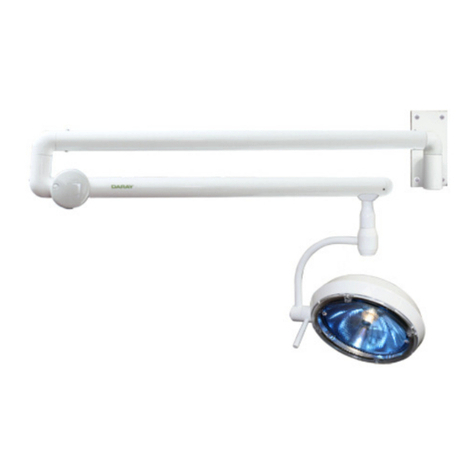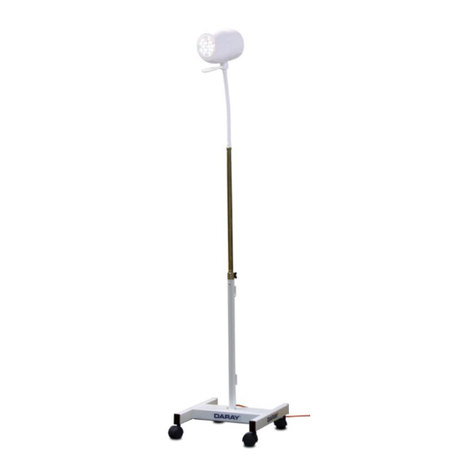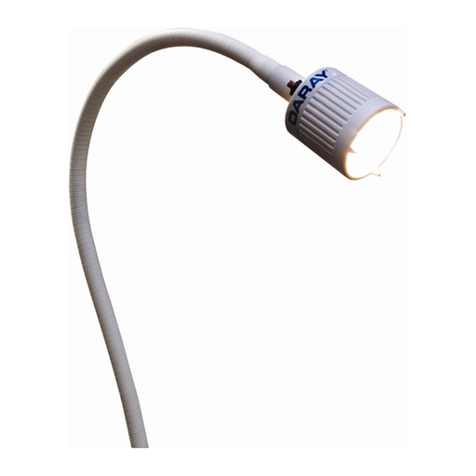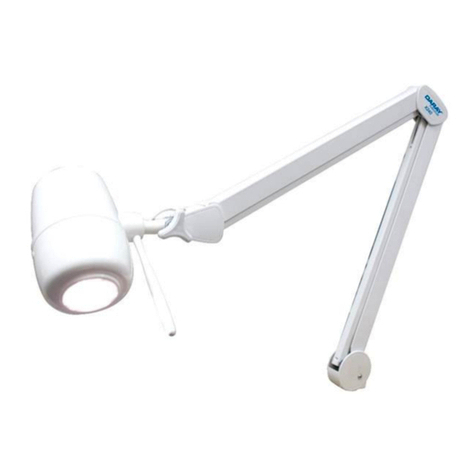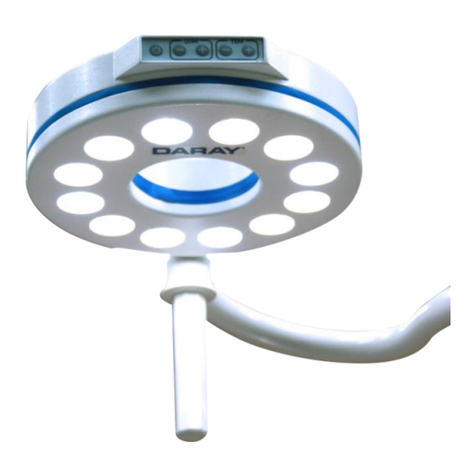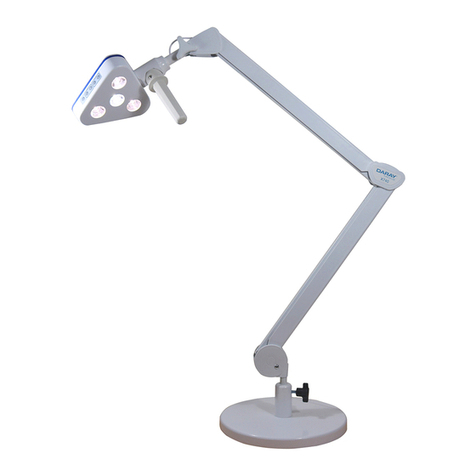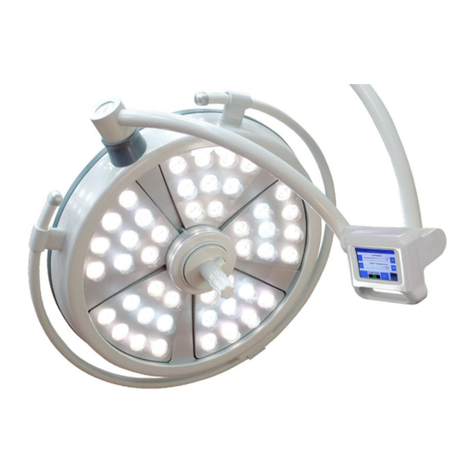Page 2of 29
Table of Contents
1. Introduction........................................................................................... 3
1.1 Supported Lights ................................................................................ 4
1.2 Technical Specifications ....................................................................... 4
1.3 Pre-Installation Responsibilities .............................................................. 4
1.4 Component packing list ........................................................................ 5
2. Operation.............................................................................................. 6
2.1 Range of Motion ................................................................................. 6
2.2 Pre-Start Checks ................................................................................ 7
2.3 Battery Back-up (Optional) .................................................................... 7
2.4 Powering On & Variable Intensity ............................................................ 8
2.5 Adjusting the Lighthead........................................................................ 8
3. Assembly Guide Section............................................................................. 9
3.1 Ceiling Mounted Version ..................................................................... 10
3.1.1 Attachment methods and void suspension .......................................... 11
3.1.2 Lighting configuration .................................................................. 11
3.1.3 Installing the Ceiling plate............................................................. 12
3.1.4 Wiring and transformer layout ........................................................ 13
3.1.5 Primary rotation arm installation..................................................... 14
3.1.6 Suspension arm Installation ........................................................... 15
3.1.7 Hook arm and lighthead Installation ................................................. 15
3.1.8 Attaching the Ceiling Cover ........................................................... 16
3.2 Wall Mounted Version ........................................................................ 17
3.2.1 Attachment methods ................................................................... 17
3.2.2 Lighting configuration .................................................................. 18
3.2.3 Installing the wall plate ................................................................ 18
3.2.4 Wiring and transformer layout ........................................................ 18
3.2.5 Primary rotation arm installation..................................................... 18
3.2.6 Suspension arm Installation ........................................................... 19
3.2.7 Hook arm and lighthead Installation ................................................. 19
3.2.8 Attaching the Wall Cover .............................................................. 20
4. Maintenance ........................................................................................ 21
4.1 Maintenance schedule........................................................................ 21
4.2 Safety Precautions ............................................................................ 21
4.3 Product cleaning & care guidelines ........................................................ 22
4.4 Fuses and their replacement ................................................................ 23
4.5 Replacing the LED Bulbs ..................................................................... 23
4.6 Adjustments.................................................................................... 23
4.6.1 Detaching Parts.......................................................................... 25
5. Troubleshooting Guide ............................................................................ 26
7. Warranty Information ............................................................................. 27
7.1 Returns Policy ................................................................................. 27
7.2 Warranty Details .............................................................................. 28
